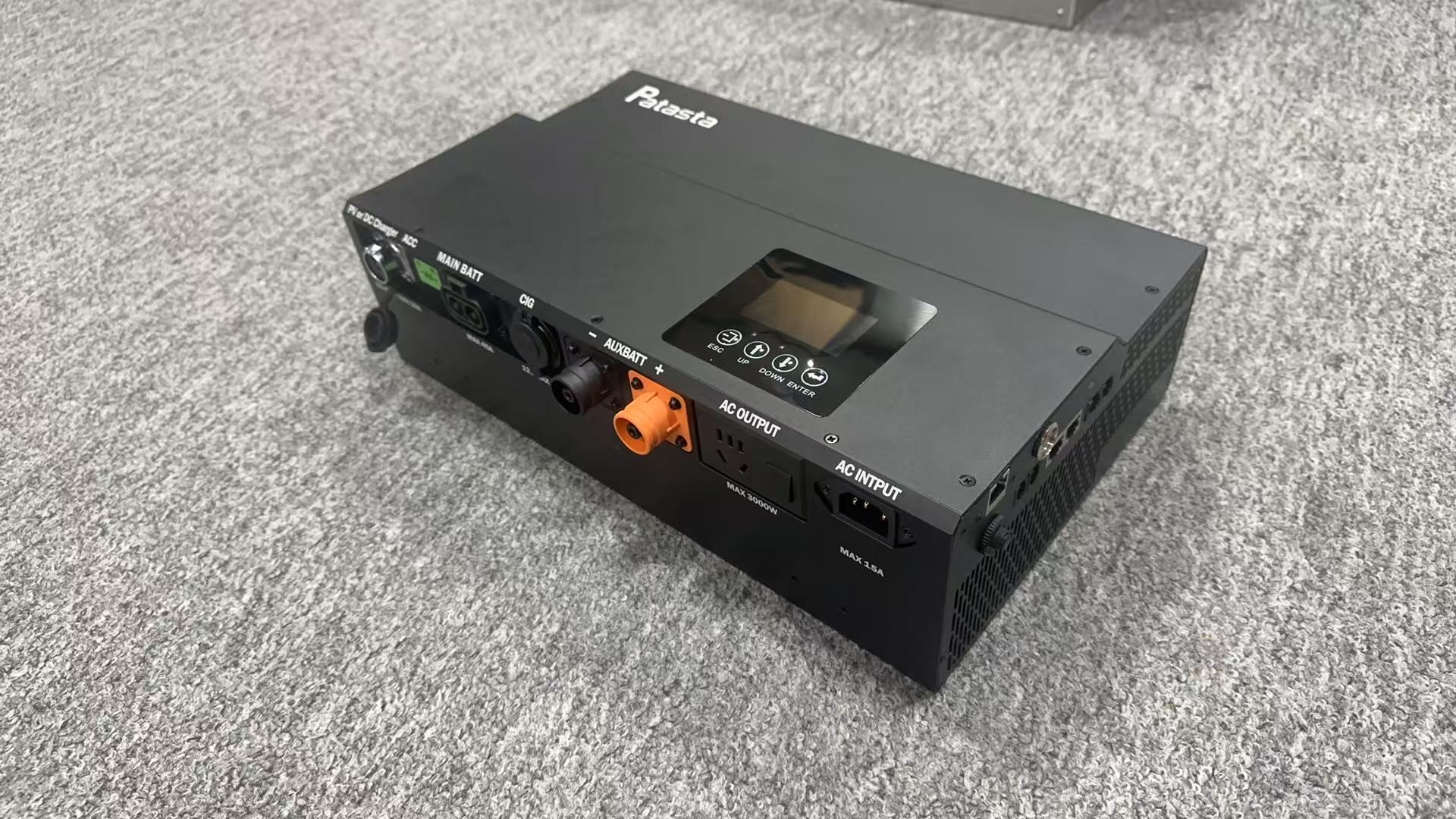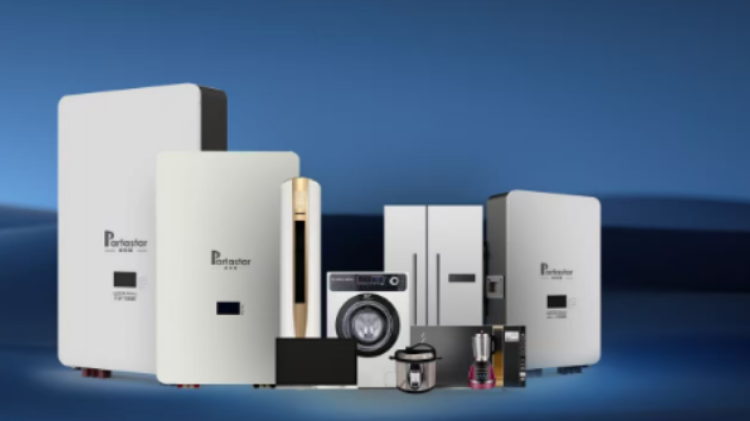Lithium battery power stations have gained popularity as portable and versatile energy sources for various applications. They offer a convenient solution for powering electronic devices, appliances, and even small tools in remote locations or during power outages. However, one common question that arises is whether it is safe to use a lithium battery power station while it is being charged. In this article, we will delve into the functionality and safety considerations of using a lithium battery power station while it is in the charging process, providing clear viewpoints and logical insights.
Understanding Lithium Battery Power Stations:
Lithium battery power stations, also known as portable power banks or generators, are designed to store and provide electrical energy for a wide range of devices. They typically consist of a lithium-ion battery pack, an inverter to convert DC power to AC power, and various input/output ports for device connectivity. These power stations can be recharged through different methods, including solar panels, wall outlets, or car chargers.
Using a Lithium Battery Power Station While Charging:
1. Functionality Considerations:
Most lithium battery power stations are designed to allow simultaneous charging and usage. This feature provides flexibility and convenience, as it allows you to power your devices while replenishing the power station's battery. It is important to refer to the manufacturer's instructions and specifications to confirm whether the specific power station model supports this functionality.
2. Charging Efficiency:
Using a lithium battery power station while it is charging may affect the charging efficiency and time required to fully recharge the battery. When the power station is in use, part of the incoming electrical energy is directed towards powering the connected devices, leaving a reduced amount available for charging the battery. Consequently, the charging process may take longer compared to when the power station is not in use.

Safety Considerations:
1. Manufacturer Guidelines:
Always refer to the manufacturer's guidelines and instructions regarding the usage and charging of your specific lithium battery power station. Manufacturers may provide specific recommendations or warnings regarding simultaneous charging and usage. Following these guidelines will help ensure safe and optimal operation.
2. Overheating:
During simultaneous charging and usage, the power station may generate heat due to the combined energy transfer and conversion processes. It is crucial to monitor the temperature of the power station during operation and charging. Excessive heat can potentially compromise the performance and safety of the power station. If you notice abnormal heat buildup, it is advisable to discontinue simultaneous usage and charging and allow the power station to cool down.
3. Charging Source:
The choice of charging source also plays a role in the safety considerations. It is essential to use a compatible and reliable charging device that conforms to the power station's specifications. Using a substandard or incompatible charging source may lead to improper charging, reduced efficiency, or even potential safety hazards.
4. Ventilation and Airflow:
Proper ventilation and airflow are crucial when using a lithium battery power station while charging. Ensure that the power station is placed in a well-ventilated area, away from flammable materials and direct heat sources. Adequate ventilation helps dissipate heat and reduces the risk of overheating.
Using a lithium battery power station while it is charging is generally possible, as many models are designed to support this functionality. However, it is important to consider the manufacturer's guidelines, monitor the temperature, and ensure proper ventilation during simultaneous usage and charging. By following these safety considerations, you can safely and efficiently utilize the capabilities of your lithium battery power station, providing reliable power for your devices in various situations and environments.



